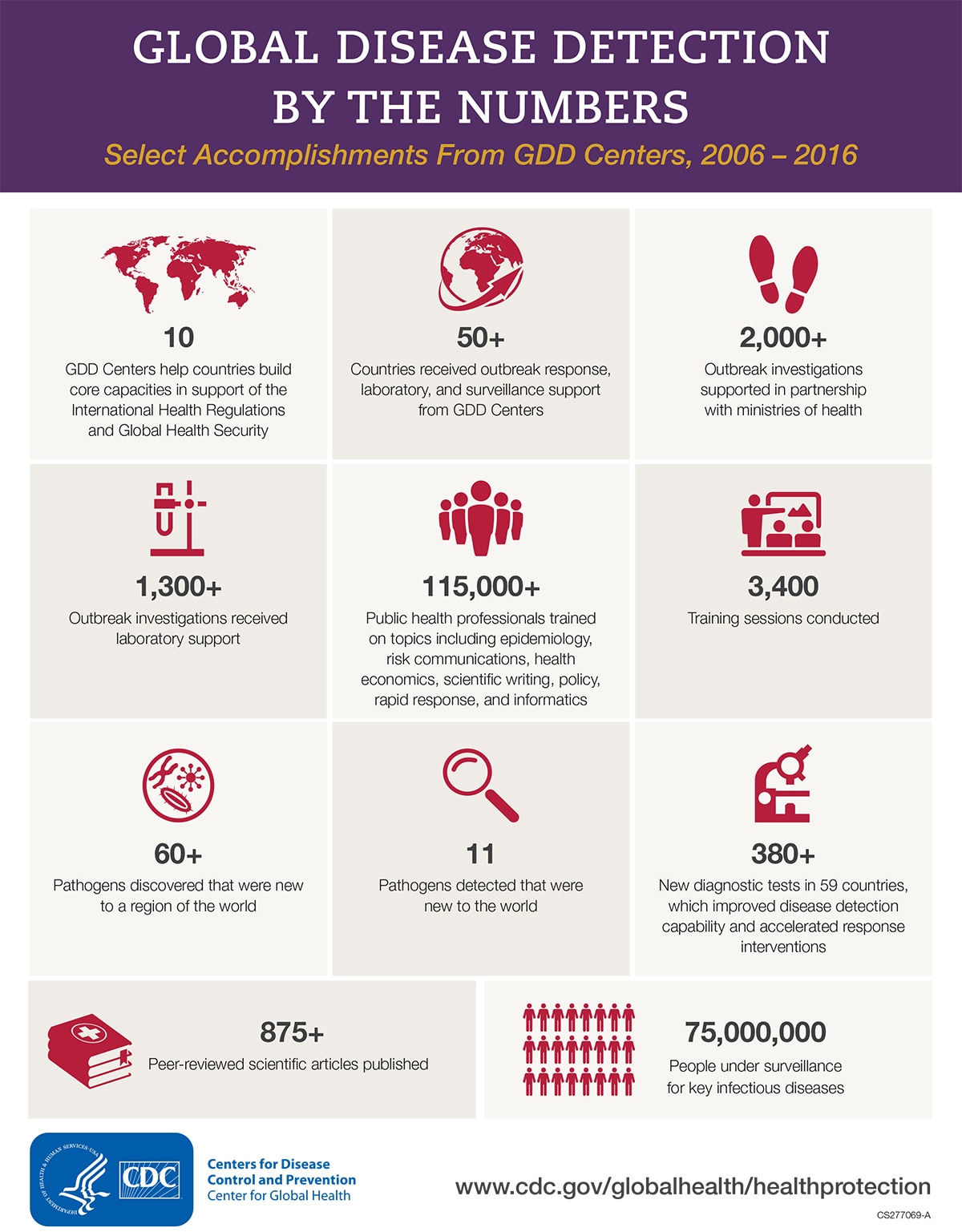Enhancing Neighborhood Primary Care Via Community Partnerships And Offered Sources Showcases A Dynamic Approach For Boosting Healthcare Distribution

Author-Liu Schaefer
When it comes to boosting primary care services locally, taking advantage of community sources and assistance is vital. Visualize relevant webpage of interconnected organizations and groups working together to enhance medical care accessibility and high quality in your location. From health divisions giving important data to non-profits offering specialized services, each entity adds to a healthier area. However how precisely do these collaborations unravel, and what methods verify most efficient in leveraging these sources for optimal effect? Let's discover the complex internet of area assistance and its extensive ramifications on primary care solutions.
Importance of Community Involvement
Involving with the neighborhood is essential for fostering a sense of collaboration and depend on within neighborhood medical care services. By actively entailing neighborhood participants in decision-making procedures, healthcare providers can much better understand the unique demands and difficulties encountered by the populace they offer. When medical care solutions are created in appointment with the area, they're more probable to be reliable and well-received.
Area interaction additionally plays an essential function in advertising wellness education and learning and preventative treatment campaigns. By constructing why not find out more with local residents, healthcare providers can better connect important health details and encourage healthy and balanced behaviors within the community. This proactive approach helps prevent diseases and promotes total health amongst community participants.
Furthermore, area engagement fosters a sense of possession and accountability amongst healthcare providers. When the community is associated with forming health care solutions, carriers are more likely to be receptive to the demands and choices of the populace they offer. This joint approach ultimately leads to much more patient-centered treatment and boosted health and wellness results for the neighborhood as a whole.
Trick Neighborhood Resources
To efficiently improve primary care solutions in your area, identifying and leveraging vital community sources is necessary. These resources can include regional health divisions, community health centers, charitable organizations, and volunteer teams. Regional health divisions often offer beneficial data, experience, and support for public health initiatives.
Area health centers provide crucial clinical solutions to underserved populaces, adding to total neighborhood health. Charitable organizations play an essential role in resolving specific health and wellness demands, such as mental health support or chronic illness management. Volunteer teams can provide added manpower and assistance for health-related occasions or programs.
Schools and universities are likewise significant neighborhood resources that can offer health and wellness education programs, study partnerships, and accessibility to student volunteers. Faith-based organizations might give spiritual and emotional support, as well as sources for area members in need. By working together with these essential area resources, medical care providers can boost access to care, deal with wellness disparities, and improve total community health.
Approaches for Partnership
Think about leveraging existing connections and networks within the community to establish efficient strategies for collaboration. By using well-known links, you can improve communication and control between different companies and people.
Start by identifying simply click the following internet site that share a typical rate of interest in enhancing medical care services in your area. Involve with these stakeholders to produce a common vision and set clear goals for partnership.
Establish an interaction plan that describes just how details will certainly be shared, meetings scheduled, and development tracked. Use technology such as shared on-line platforms or group messaging applications to help with very easy interaction.
Routinely assess the efficiency of your partnership methods and be open to making changes as needed.
Establishing official contracts or Memorandums of Understanding (MOUs) with partner organizations can help clear up functions, responsibilities, and expectations. These agreements can likewise resolve prospective difficulties upfront, making certain a smoother cooperation procedure.
Conclusion
In conclusion, neighborhood sources and assistance are crucial for boosting health care services locally.
By engaging with key stakeholders and working together with different organizations, primary care service providers can better fulfill the requirements of underserved populaces and promote community health.
By collaborating, we can ensure that everyone has accessibility to top quality medical care and assistance services within their neighborhood area.

